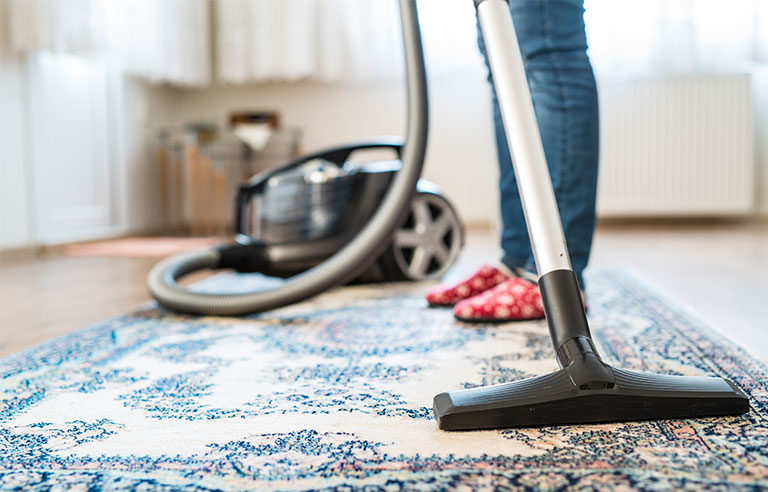Allergens present in most homes: study

Bethesda, MD — Alert your immune system: More than 90 percent of homes contain three or more detectable indoor allergens, while 73 percent harbor at least one allergen at an elevated level, according to a recent study from the National Institutes of Health.
Using the 2005-2006 National Health and Nutrition Examination Survey, researchers analyzed data from nearly 7,000 homes. They examined bedroom levels of cat, dog, cockroach, mouse, rat and mold allergens, as well as levels of two types of dust mite allergens.
Homes with pets and pests often had high allergen levels, study results showed, as did older homes, mobile homes, rental homes and homes in rural areas. Age, sex, race, ethnicity and socioeconomic levels influenced individual exposure levels.
“Elevated allergen levels can exacerbate symptoms in people who suffer from asthma and allergies, so it is crucial to understand the factors that contribute,” Darryl Zeldin, senior author and National Institute of Environmental Health Sciences scientific director, said in a Nov. 30 press release.
NIH offers several tips for reducing exposure to indoor allergens and irritants
- Vacuum carpets and upholstery weekly.
- Wash sheets and blankets in hot water weekly.
- Cover mattresses, pillows and box springs in allergen-impermeable material.
- Keep indoor humidity levels below 50 percent.
- Remove pets from home or limit bedroom access.
- Seal potential entry points for pests, and remove nesting places as well as food and water sources.
The study was published online Nov. 30 in the Journal of Allergy and Clinical Immunology.
Post a comment to this article
Safety+Health welcomes comments that promote respectful dialogue. Please stay on topic. Comments that contain personal attacks, profanity or abusive language – or those aggressively promoting products or services – will be removed. We reserve the right to determine which comments violate our comment policy. (Anonymous comments are welcome; merely skip the “name” field in the comment box. An email address is required but will not be included with your comment.)

